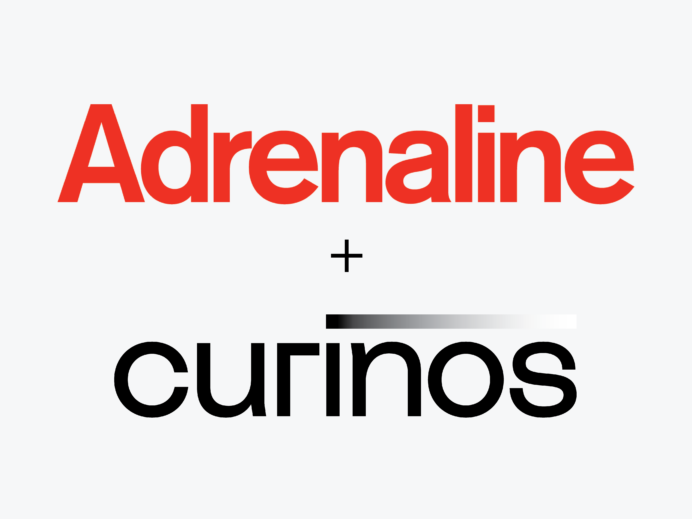
In The Financial Brand, contributor Sean Keathley describes the decision-making process for financial institutions optimizing their branch operations
Thursday, June 27, 2019 – Given the continued pace of M&A activity in financial services, bankers are the first to recognize the need for a consistent approach to branch optimization. In “Decision Time for Banks and Credit Unions: Optimize or Close Branches?” Adrenaline’s president and CEO Sean Keathley describes how banks are prioritizing which branches will get a comprehensive renovation and which will get a lighter touch. He says, “Given the scale of a branch network, even with smaller and mid-sized institutions, a complete overhaul of every one would be unrealistic for most institutions.”
Sean finds that upwards of 50% of banks and credit unions are choosing transition over transformation. Whether the need for change comes from attrition or acquisition, financial institutions understand the necessity of bringing together their networks. Sean says, “These institutions are looking to make headway and unify their branches to brand standards, but can’t justify such a full-scale change.” Although a transitional approach exceeds a simple refresh, these modifications don’t fundamentally alter the way the bank approaches its processes.
While there is always excitement surrounding large transformational change at the branch level, there are undeniable benefits to transitional change. Sean says, “One advantage to transitional spaces is that institutions won’t have the inconvenience or expense of substantial renovations.” Anyone who has lived through a renovation understands the noise and nuisance inherent in that type of change. Further, if it’s extensive enough, top-to-bottom renovations may require temporary branch closure, meaning staffing challenges and even more customer inconvenience.
Community awareness should always be issue #1 when considering branch modification. Sean describes how local communities might react, saying, “Depending on the locale, a complete branch transformation may be off-putting to locals. In these communities, transitioning the branches serves as a signal to both staff and the customer base that this branch location isn’t closing (a negative), just updating (a positive). Transitioning says that the bank is committed to the neighborhood and cares about the customers and community.”






